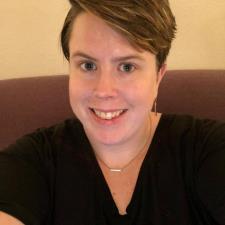
Caitlin K. answered • 03/23/19
English Instructor with 10+ Years of Tutoring Experience
I like to say that dashes pretend to be two different types of punctuation: commas and colons.
When dashes are pretending to be commas, we pair them to set off non-essential information in a sentence. For example,
The author of The Shining, Stephen King, writes horror novels
could also be punctuated as follows:
The author of The Shining—Stephen King—writes horror novels.
We would not, however, use a comma just as we would use a comma in a regular sentence. It needs to appear paired with that non-essential information.
When the dash is pretending to be a colon, it follows a couple of rules. First, like a colon, it must come after an independent clause. Second, it can either introduce a list or supplementary information in a sentence. For example:
I have fun weekend plans: sleeping in, going to a movie, and staying up late
could also be punctuated as
I have fun weekend plans—sleeping in, going to a movie, and staying up late.
In this case, the dash is pretending to be a colon to introduce a list. This is the most common way we use colons so is also pretty common for dashes.
The second use is supplementary information; this could be a word, phrase, or even a full sentence that gives more information about the sentence it follows. For example,
I watched my favorite Disney movie: Mulan
could also be
I watched my favorite Disney movie—Mulan.
Moreover, the sentence could become
I watched my favorite Disney movie—Mulan has the best songs.
In this sentence, there is a full sentence after the dash. This is absolutely fine!
These are the two main uses of the dash that you will see on the SAT.




